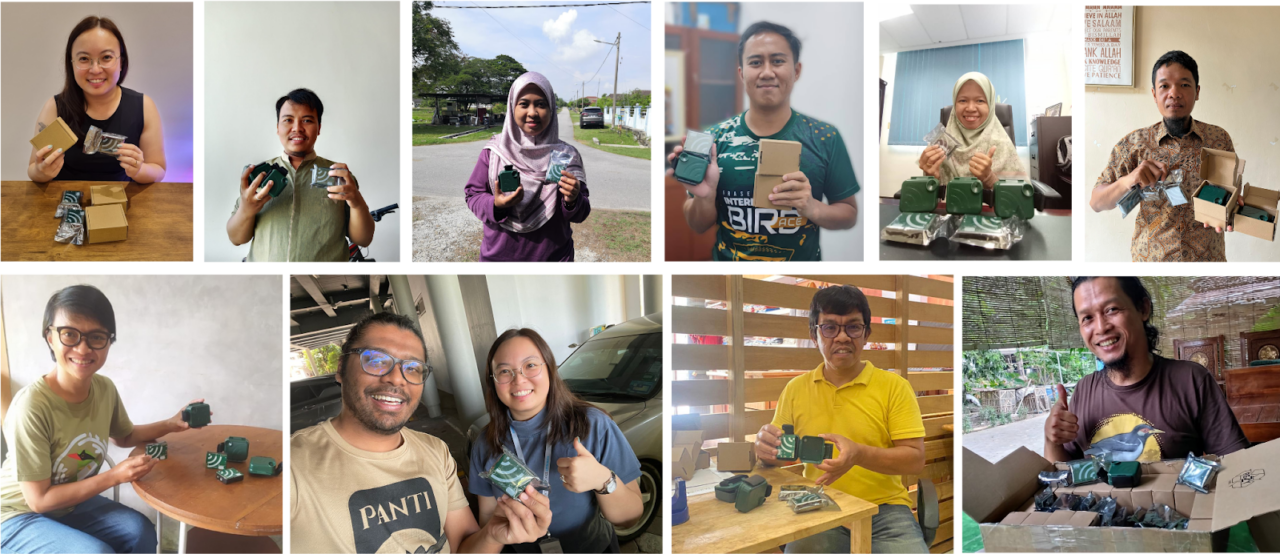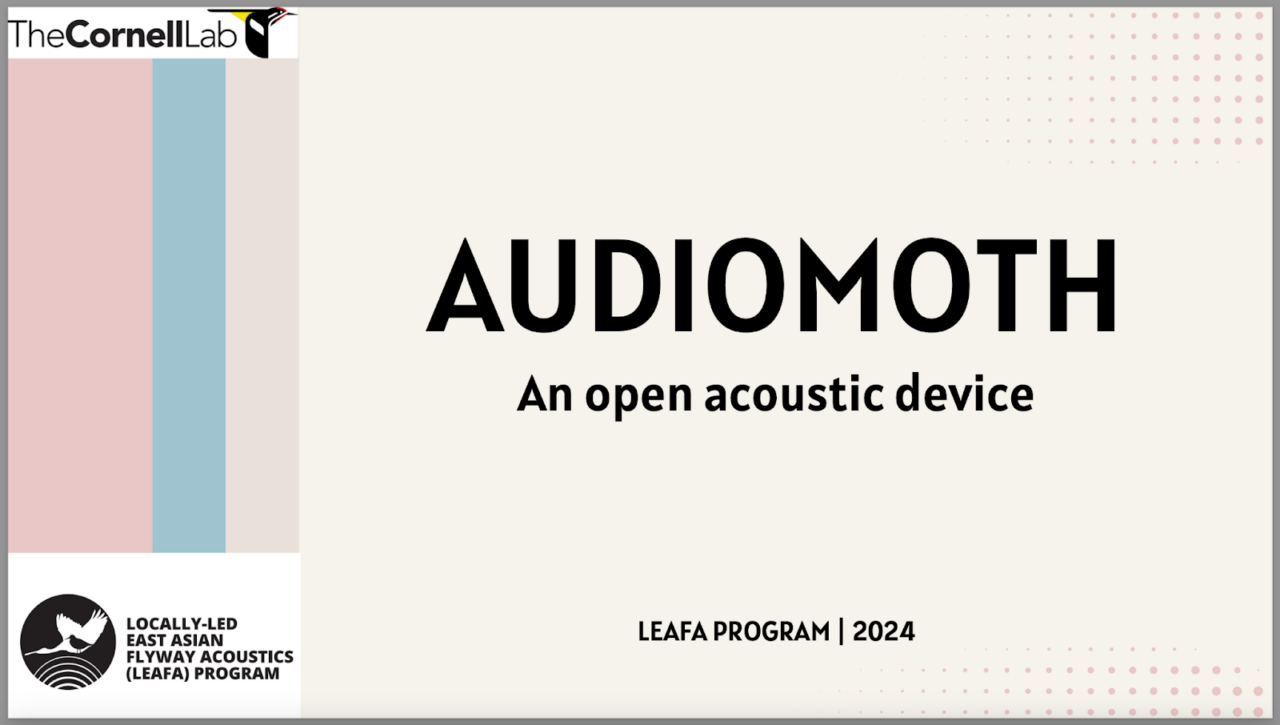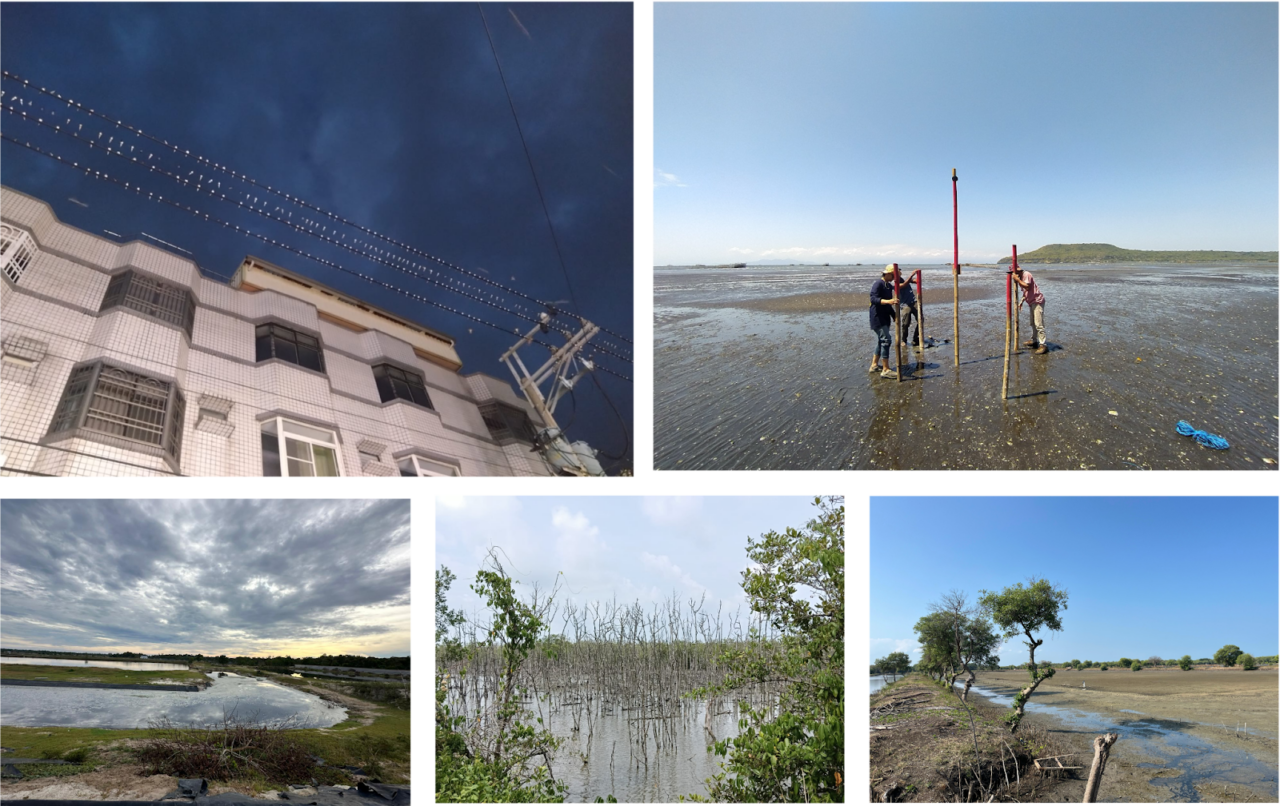LEAFA Takes the Next Step: Receiving Audio Equipment and Pilot Deployment
After months of anticipation and finally overcoming a few logistical challenges, our participants have finally received the acoustic devices they were promised, marking a significant milestone in the journey of the program. Each participant received 3 Audiomoths throughout their research study. When they received their devices, the excitement was palpable and they eagerly unboxed and inspected the equipment that will play a crucial role in their upcoming fieldwork. For many, this is more than just a tool—it’s the key to advancing their research and conservation efforts of migratory birds in the East Asian-Australian Flyway (EAAF).

Participants and organizers have engaged in collaborative knowledge-sharing sessions, focusing on topics such as AudioMoth functionality, study design, and the pilot deployment process and setting. Through a series of virtual Zoom meetings, they exchanged insights and ideas, ensuring that everyone was well-prepared to deploy the acoustic devices effectively. The participants, relieved to finally have the devices in hand, were eager to immerse themselves in learning and applying their new skills in the field. This stage is particularly exciting, as it marks the beginning of a successful start of the project and the participants’ contributions to important research moving forward.

As the pilot deployment phase commenced, participants dispersed to various/selected key locations along the East Asian-Australasian Flyway (EAAF). Their primary task was to strategically position the AudioMoths in selected habitats frequented by migratory birds. These locations had been carefully chosen through prior habitat assessments, ensuring a diversity of environments from wetlands to coastal forests.

Early feedback from the field indicated promising results. The AudioMoths, compact yet robust, were set up with ease and began capturing a wide range of bird vocalizations, from the subtle chirps of songbirds to the louder calls of shorebirds. Initial data retrieval sessions have shown that the devices performed well, even in challenging weather conditions. Participants noted that the devices’ long battery life and user-friendly design allowed them to focus more on their field observations rather than technical troubleshooting.

One key focus during this pilot phase was refining deployment strategies to maximize data capture. Participants documented not only bird calls but also other acoustic signatures like environmental noise and human activity, providing a holistic picture of each site. This data will play a crucial role in understanding the migratory patterns of birds and how these are influenced by changing environmental conditions, including urban encroachment and climate change.
As the pilot phase progresses, participants are already discussing potential improvements and adjustments for future deployments. There’s a sense of pride and shared responsibility, as they recognise the potential impact of their work on broader conservation efforts.
The next steps involve analyzing the audios, preparing and processing the datasets using Machine Learning, data analysis and drawing preliminary conclusions, with the participants preparing for a formal review session with experts in bioacoustics and ornithology. This collaborative process will help refine the methodology, ensuring the success of the larger study when it launches in full scale. The pilot study, with its blend of technological innovation and on-the-ground expertise, has become a symbol of the collective effort to safeguard migratory bird species across the flyway.